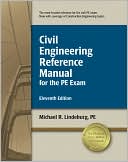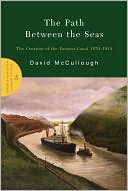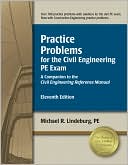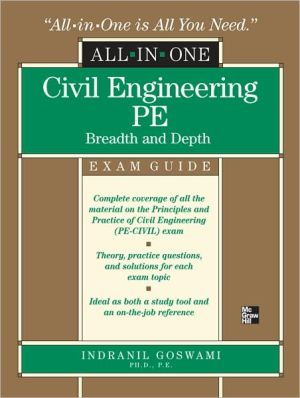Random Vibration, Vol. 3
About the Series:\ This important new series of five volumes has been written with both the professional engineers and the academic in mind. Christian Lalanne explores every aspect of vibration and shock, two fundamental and crucially important areas of mechanical engineering, from both the theoretical and practical standpoints. As all products need to be designed to withstand the environmental conditions to which they are likely to be subjected, prototypes must be verified by calculation and...
Search in google:
About the Series:This important new series of five volumes has been written with both the professional engineers and the academic in mind. Christian Lalanne explores every aspect of vibration and shock, two fundamental and crucially important areas of mechanical engineering, from both the theoretical and practical standpoints. As all products need to be designed to withstand the environmental conditions to which they are likely to be subjected, prototypes must be verified by calculation and laboratory tests, the latter according to specifications from national or international standards. The concept of tailoring the product to its environment has gradually developed whereby, from the very start of a design project, through the to the standards specifications and testing procedures on the prototype, the real environment in which the product being tested will be functioning is taken into account. The five volumes of Mechanical Shock and Vibration cover all the issues that need to be addressed in this area of mechanical engineering. The theoretical analyses are placed in the context of the real world and of laboratory tests - essential for the development of specifications.Volume III: Random Vibration The vast majority of vibrations encountered in the real environment are random in nature. Such vibrations are intrinistically complicated, and this volume describes the enabling process for simplification of the analysis required, and the analysis of the signal in the frequency domain. Power spectrum density is also defined, with the requisite precautions to be taken in its calculation described togther with the processes (windowing, overlapping) necessary for improved results. A further complementary method, the analysis of statistical properties of the time signal is described. This enables the distribution law of the maxima of a random Gaussian signal to be determined and simplifies calculation of fatigue damage to be made by the avoidance of the direct counting of peaks.
Introduction List of Symbols1. Statistical Properties of a Random Process2. Properties of Random Vibration in the Frequency Domain 3.Rms Value of Random Vibration4. Practical Calculation of Power Spectral Density 5. Properties of Random Vibration in the Time Domain6. Probability Distribution of Maxima of Random Vibration7. Statistics of Extreme Values Appendices Bibliography Index Synopsis of Five Volume Series








